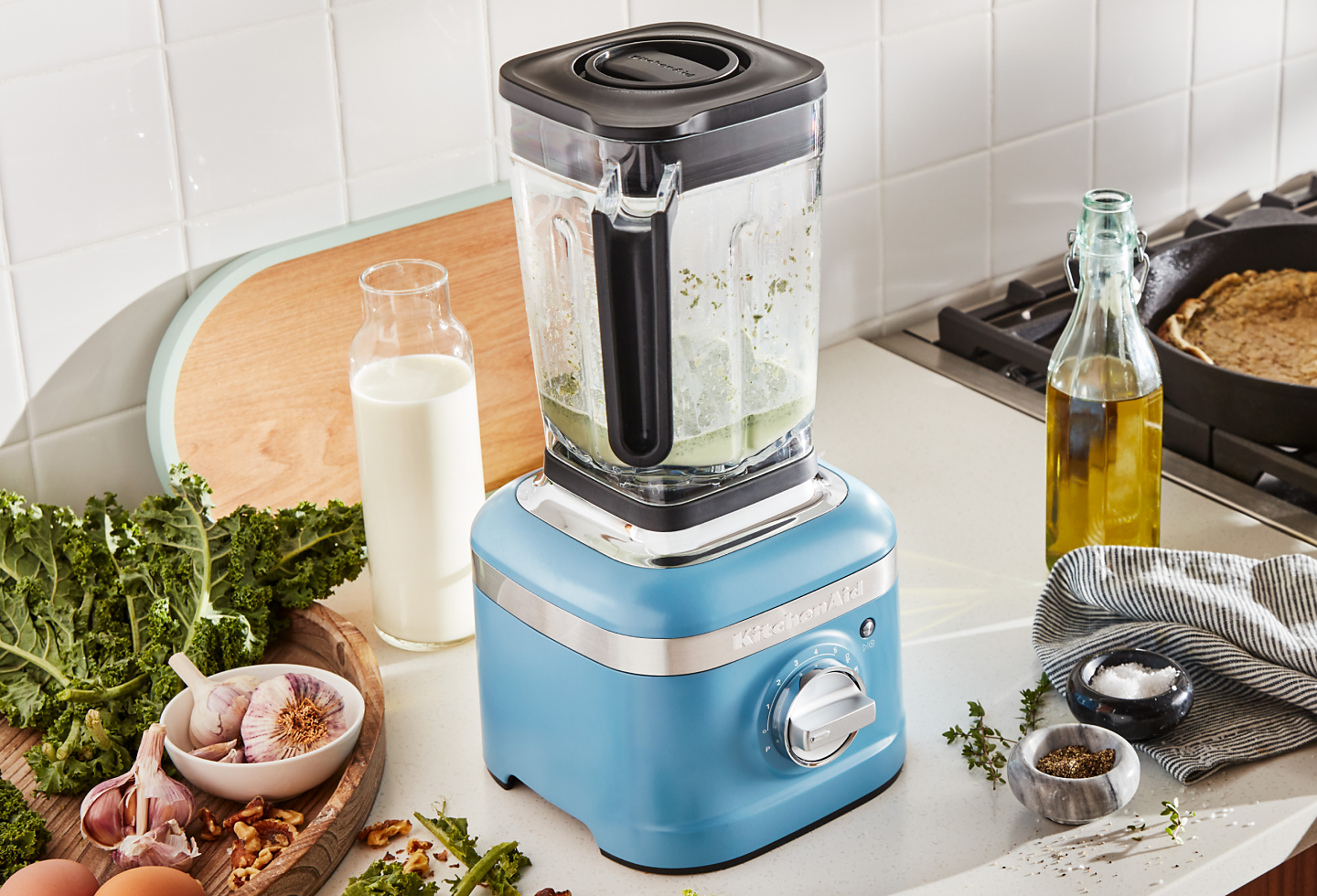

Articles
How To Make Pesto With A Blender
Modified: August 25, 2024
Learn how to make delicious pesto using a blender with this helpful article. Discover easy steps and expert tips for homemade pesto perfection.
(Many of the links in this article redirect to a specific reviewed product. Your purchase of these products through affiliate links helps to generate commission for Storables.com, at no extra cost. Learn more)
Introduction
Welcome to the world of homemade pesto! If you’ve ever wondered how to make this delicious sauce from scratch, then you’re in the right place. Pesto is a versatile and flavorful condiment that can transform any dish into a culinary masterpiece. Whether you want to elevate your pasta, add a burst of flavor to your sandwiches, or enhance the taste of your grilled chicken, pesto is the perfect solution.
Now, you might be thinking, “But I don’t have a food processor!” No worries, because in this article, we’re going to show you how to make pesto with a blender. Yes, you heard that right. With just a few simple steps and a blender, you’ll be able to whip up a batch of fresh and vibrant pesto in no time.
Before we dive into the recipe, let’s talk about the key ingredients you’ll need to make the perfect pesto. The traditional pesto recipe calls for fresh basil leaves, garlic, pine nuts, Parmesan cheese, salt, and of course, olive oil. These ingredients come together to create a harmonious balance of flavors that is both aromatic and satisfying.
Now that you have an overview of what we’ll be using, let’s get started with the step-by-step process of making pesto with a blender. Get ready to embark on a flavorful journey!
Key Takeaways:
- Elevate your culinary skills by making vibrant pesto with a blender using fresh basil, garlic, pine nuts, Parmesan, salt, and olive oil. Enjoy the versatile, flavorful, and aromatic homemade pesto in various dishes!
- Unleash your inner chef and customize the seasoning of your homemade pesto to suit your taste preferences. Experiment with salt, pine nuts, and even a splash of lemon juice for a personalized burst of flavor.
Read more: How To Make Pesto Without A Food Processor
Ingredients
To make pesto with a blender, you’ll need the following ingredients:
- 2 cups fresh basil leaves
- 3 cloves of garlic
- 1/4 cup pine nuts
- 1/2 cup grated Parmesan cheese
- 1/2 teaspoon salt
- 1/2 cup extra virgin olive oil
These ingredients are the foundation of a classic pesto recipe and will give you a flavorful and aromatic sauce that can be used in various dishes.
Basil is the star of the show in pesto, so it’s important to use fresh basil leaves for the best results. If you have access to a garden or farmer’s market, you can pick your own basil leaves for an even fresher flavor. The garlic adds a pungent and slightly spicy taste, while the pine nuts provide a nutty and creamy texture.
For the cheesy component, Parmesan cheese is the ideal choice. It pairs perfectly with the basil and adds a rich and savory note to the pesto. As for the salt, it helps balance out the flavors and enhances the overall taste.
Lastly, extra virgin olive oil is used to bind all the ingredients together and create a smooth and velvety texture. It also adds a subtle fruity and peppery flavor to the pesto.
Now that you have your ingredients ready, it’s time to move on to the step-by-step process of making pesto with a blender. Get ready to unleash your inner chef!
Step 1: Prepare the Basil Leaves
The first step in making pesto with a blender is to prepare the fresh basil leaves. Basil is the main ingredient in pesto and provides its distinctive flavor and aroma. Follow these steps to ensure your basil leaves are ready:
- Start by picking the basil leaves off the stems. Discard any damaged or wilted leaves and rely on the fresh ones for the best results. You can gently wash the basil leaves under cool water and pat them dry with a paper towel to remove any dirt or debris if necessary.
- Now, take a moment to appreciate the fragrant smell of the basil leaves. The sweet and peppery aroma is a sure sign that you’re about to create something delicious.
- To maximize the flavor extraction, it’s important to tear the basil leaves into smaller pieces before adding them to the blender. This will help the blender process them more efficiently and release their natural oils.
By properly preparing the basil leaves, you’re setting the foundation for a vibrant and aromatic pesto sauce. Now that your basil leaves are ready, let’s move on to the next step: adding the garlic and pine nuts.
Step 2: Add the Garlic and Pine Nuts
In this step, we’ll be adding the garlic and pine nuts to the blender to further enhance the flavors of our pesto. Follow these simple instructions to ensure success:
- Peel and chop the garlic cloves into small pieces. The size doesn’t have to be precise since we’ll be blending everything together.
- Next, measure out the pine nuts. If you prefer a slightly toasted flavor, you can lightly toast the pine nuts in a dry skillet over medium heat for a few minutes. Keep an eye on them and stir frequently to ensure they don’t burn. Toasting the pine nuts will add an extra depth of flavor to your pesto.
- Now, add the chopped garlic and pine nuts to the blender along with the prepared basil leaves. Make sure to evenly distribute them for a well-balanced pesto.
The combination of garlic and pine nuts will add a delicious nuttiness and a punch of flavor to your pesto. These ingredients work hand in hand with the basil to create a harmonious blend of aromas and tastes.
With the garlic and pine nuts incorporated, we’re one step closer to achieving our perfect pesto sauce. Keep reading to learn how to add the remaining ingredients and finish blending your scrumptious creation.
Step 3: Incorporate the Parmesan Cheese and Salt
Now that we have the basil, garlic, and pine nuts in the blender, it’s time to add two more key ingredients: Parmesan cheese and salt. Follow these steps to ensure a well-balanced and flavorful pesto:
- Measure out the grated Parmesan cheese and add it to the blender. The Parmesan cheese will add a rich and savory note to the pesto, complementing the other ingredients perfectly.
- Add the salt to the blender as well. The salt acts as a flavor enhancer, helping to bring out the natural taste of the ingredients.
By incorporating the Parmesan cheese and salt at this stage, you ensure that they are evenly distributed throughout the pesto. This will result in a harmonious blending of flavors.
Now that all the main ingredients are combined, it’s time to move on to the next step: adding the olive oil. Stay tuned to learn how this final ingredient brings everything together and gives our pesto its signature silky texture.
When making pesto in a blender, start by pulsing the garlic and nuts first to ensure they are finely chopped before adding the basil and other ingredients. This will help create a smoother and more evenly blended pesto.
Read more: How To Store Homemade Pesto
Step 4: Add the Olive Oil
The addition of olive oil is a crucial step in creating a smooth and velvety pesto sauce. Follow these steps to incorporate the olive oil into your pesto:
- Measure out the extra virgin olive oil. It’s important to use extra virgin olive oil for its superior flavor and aroma.
- Slowly pour the olive oil into the blender while it is running on a low speed. This will allow the oil to emulsify with the other ingredients and create a creamy texture.
- Continue pouring until all the olive oil has been added and the mixture is well combined. The olive oil will bind all the ingredients together and give the pesto its rich and luxurious consistency.
The role of olive oil in pesto goes beyond texture; it also imparts a subtle fruity and peppery flavor that complements the other ingredients. Make sure to use a good quality olive oil for the best results.
With the olive oil incorporated, we’re almost done creating our flavorful pesto. The next and final step will involve blending everything together until smooth and ready to be enjoyed. Keep reading to find out how to achieve that perfect texture.
Step 5: Blend Until Smooth
Now that all the ingredients are in the blender, it’s time to bring them together and create a smooth and luscious pesto sauce. Follow these steps to achieve the desired consistency:
- Secure the lid of the blender tightly to prevent any spills.
- Start blending on a low speed to combine the ingredients. As the mixture starts to come together, gradually increase the speed to ensure thorough blending.
- Continue blending until you reach your desired consistency. Some people prefer a slightly chunky pesto, while others prefer it completely smooth. Blend for a longer duration if you prefer a smoother texture, or stop sooner for a chunkier pesto.
While blending, you may need to pause and scrape down the sides of the blender with a rubber spatula to ensure all the ingredients are incorporated and there are no clumps left. This will ensure a uniform texture and flavor throughout the pesto.
As you blend, you’ll notice the vibrant green color of the basil leaves gradually transform into a gorgeous pesto sauce. This is a beautiful sight that indicates you’re on the right track.
Once you’re satisfied with the texture, give your pesto a taste test. If needed, you can make adjustments by adding more salt, cheese, or even a splash of lemon juice for a brighter flavor. Catering the pesto to your taste preferences is part of the fun and creativity of homemade cooking.
Now that your pesto is perfectly blended, it’s time to move on to the final step: adjusting the seasoning as needed. Keep reading to find out how to achieve a well-seasoned and balanced pesto sauce.
Step 6: Adjust Seasoning if Needed
After blending the ingredients together, it’s time to taste your pesto and make any necessary adjustments to the seasoning. Here’s how to do it:
- Using a spoon, take a small amount of the pesto and taste it. Pay attention to the overall flavor profile and determine if any adjustments are needed.
- If you find that the pesto lacks a bit of saltiness, you can add a pinch of salt and blend again to incorporate it. Be cautious with the amount of salt you add, as you want to enhance the flavors without overpowering them.
- If you prefer a stronger nutty flavor, you can add a few extra pine nuts and blend again. This will intensify the nuttiness of the pesto.
- For a tangier taste, you can squeeze a small amount of fresh lemon juice into the blender and blend again to incorporate it. The lemon juice will add a refreshing and brightness to the pesto.
Remember, adjusting the seasoning is a personal preference, so feel free to experiment and customize the pesto according to your taste. The goal is to achieve a well-balanced and flavorful sauce that enhances your dishes.
Once you’ve made the necessary adjustments, your homemade pesto is ready to be enjoyed! Scoop it out of the blender and transfer it to a jar or an airtight container. Store it in the refrigerator for up to a week, or freeze it for longer storage.
Congratulations! You’ve successfully made pesto with a blender. Now it’s time to bring your pesto to life by incorporating it into your favorite recipes or trying out new ones. From pasta to sandwiches and even as a dip, the possibilities are endless.
Enjoy the vibrant flavors and satisfying taste that homemade pesto brings to your dishes. Happy cooking!
Conclusion
Congratulations, you’ve now mastered the art of making pesto with a blender! By following these simple steps, you can create a homemade pesto sauce that is bursting with fresh flavors and vibrant colors. Whether you’re a seasoned cook or a beginner in the kitchen, making pesto from scratch is a rewarding and delicious experience.
From the fragrant basil leaves to the creamy Parmesan cheese and the earthy pine nuts, each ingredient plays a vital role in creating the perfect pesto sauce. By using a blender, you can achieve a smooth and velvety texture that will elevate any dish you choose to pair it with.
This versatile sauce can be used in so many ways. Toss it with pasta for a quick and satisfying meal, spread it on sandwiches for an extra kick, or use it as a dip for your favorite veggies. The possibilities are endless, and you’re only limited by your own imagination.
Remember, don’t be afraid to experiment and adjust the seasoning to suit your personal taste preferences. Pesto is a forgiving sauce that can easily be customized to cater to different flavor profiles.
Homemade pesto not only tastes incredible, but it also allows you to control the quality and freshness of the ingredients used. It’s a healthier alternative to store-bought pesto, which often contains preservatives and additives.
So, next time you’re craving a burst of flavor in your dishes, reach for your blender and whip up a batch of homemade pesto. Your taste buds will thank you!
Happy pesto-making and bon appétit!
Frequently Asked Questions about How To Make Pesto With A Blender
Was this page helpful?
At Storables.com, we guarantee accurate and reliable information. Our content, validated by Expert Board Contributors, is crafted following stringent Editorial Policies. We're committed to providing you with well-researched, expert-backed insights for all your informational needs.
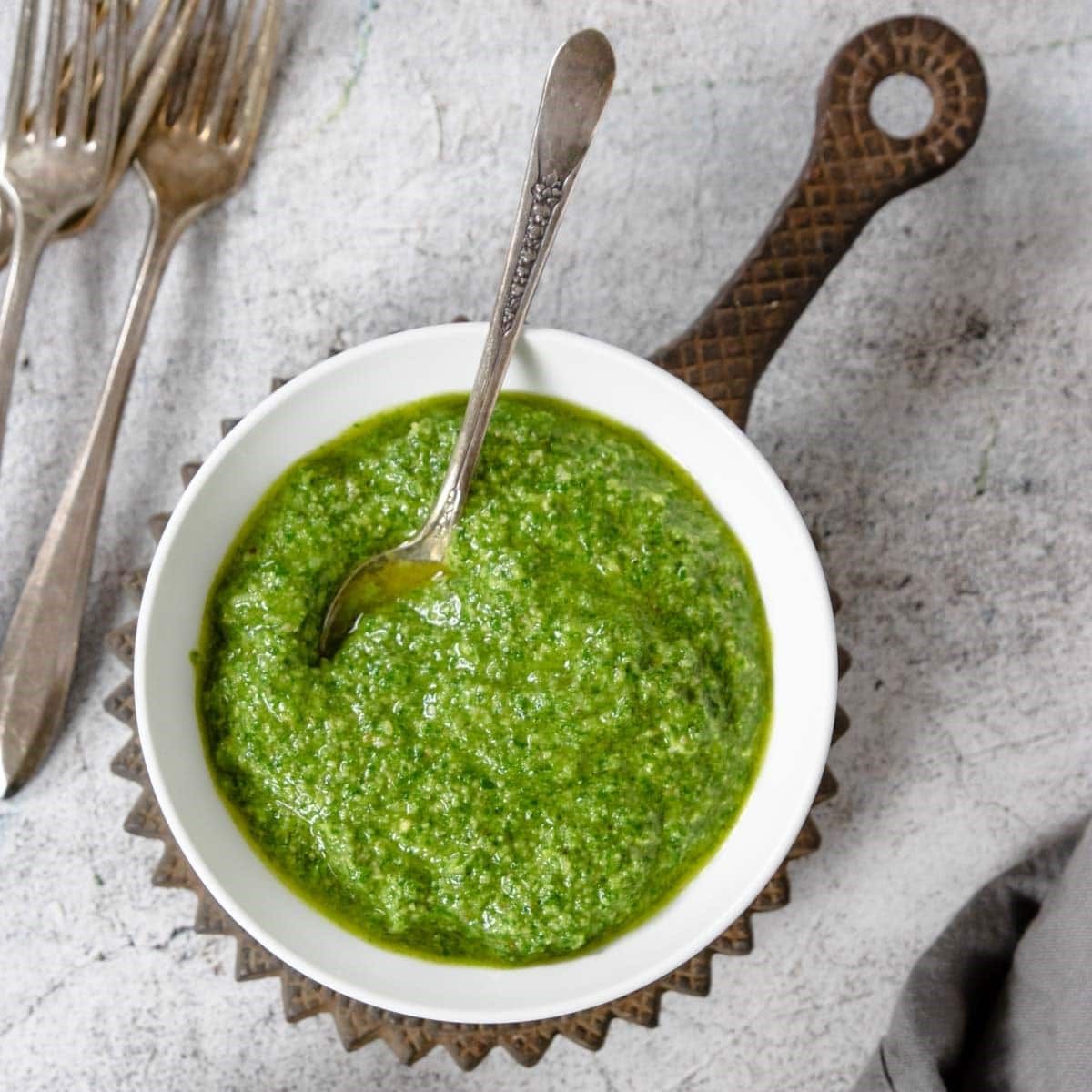

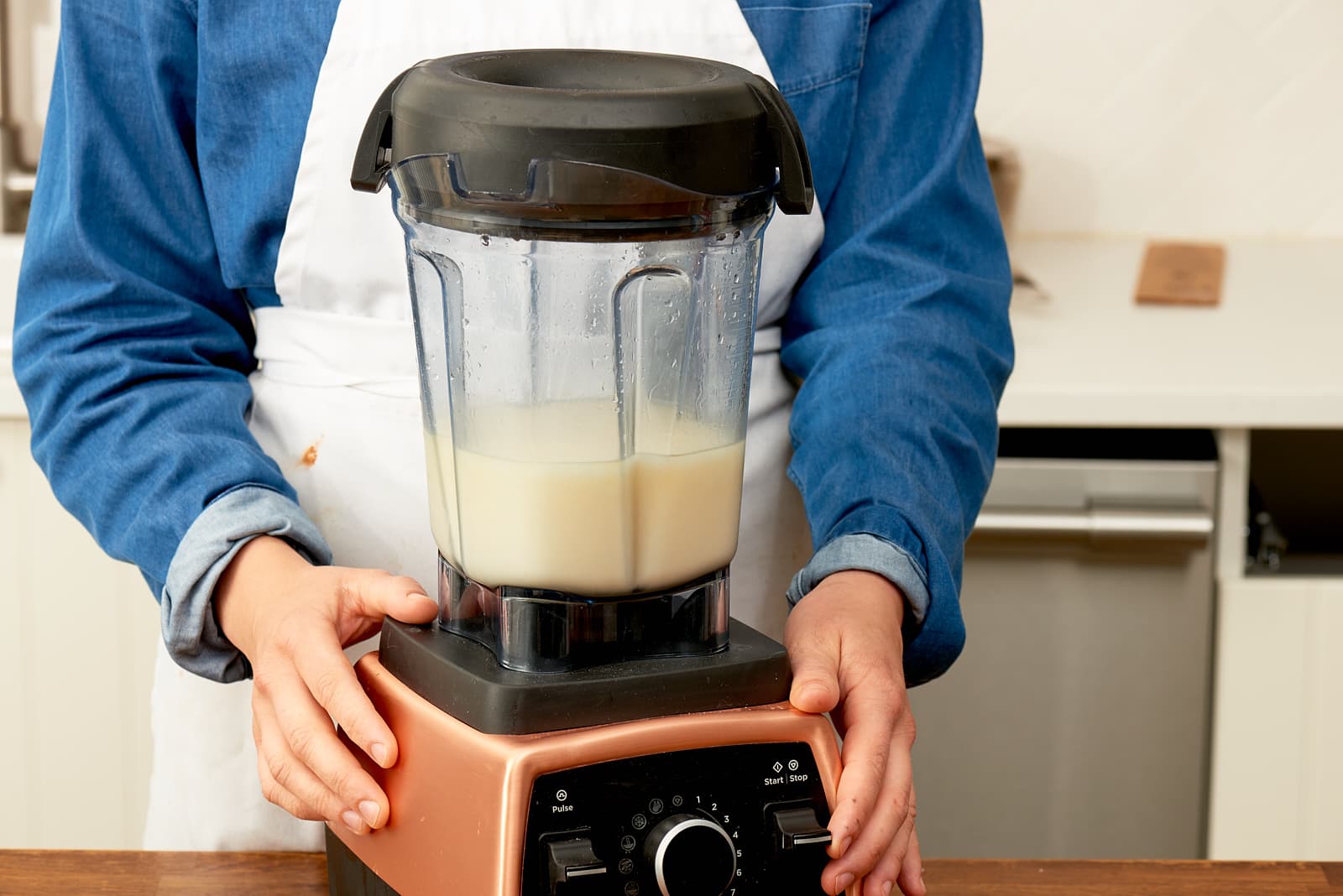
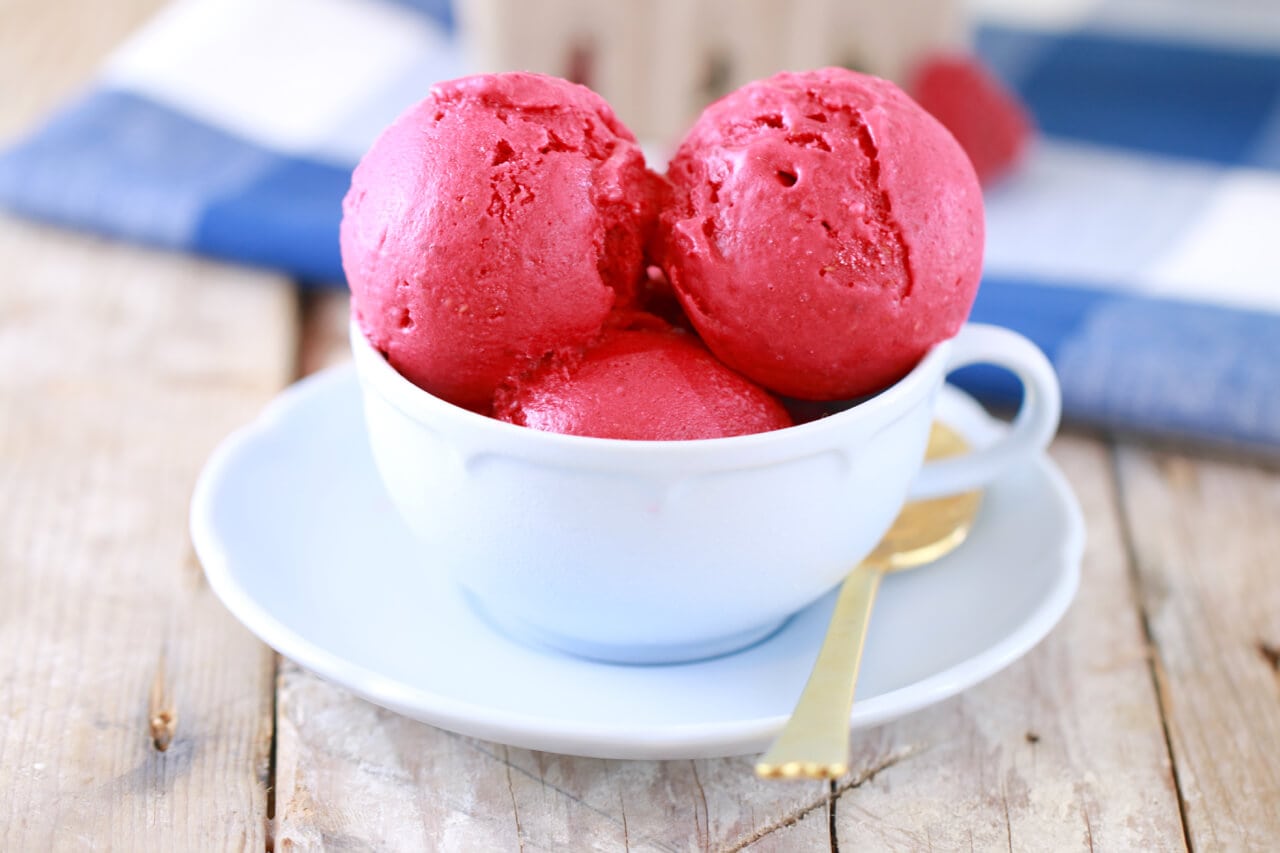


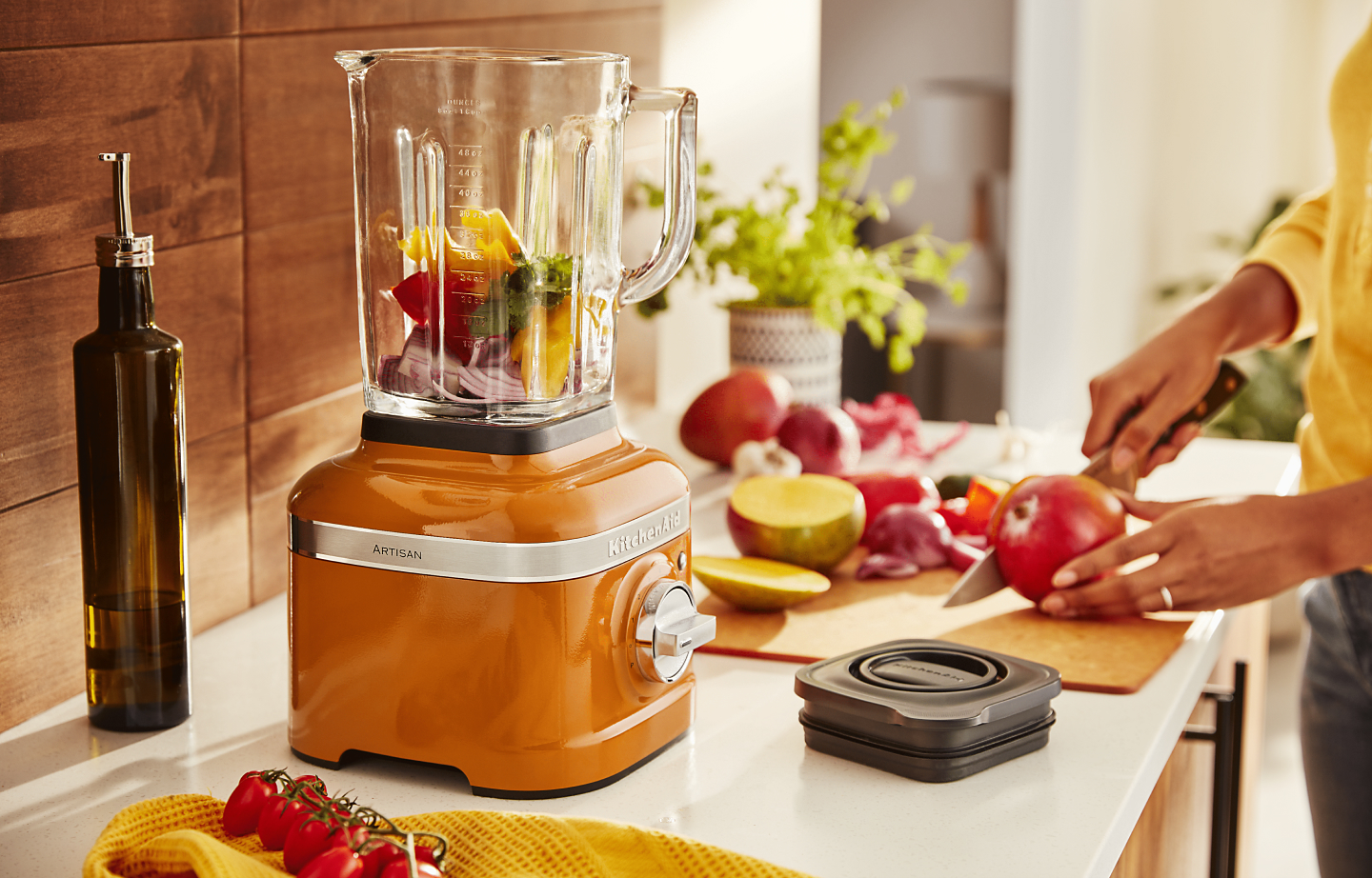

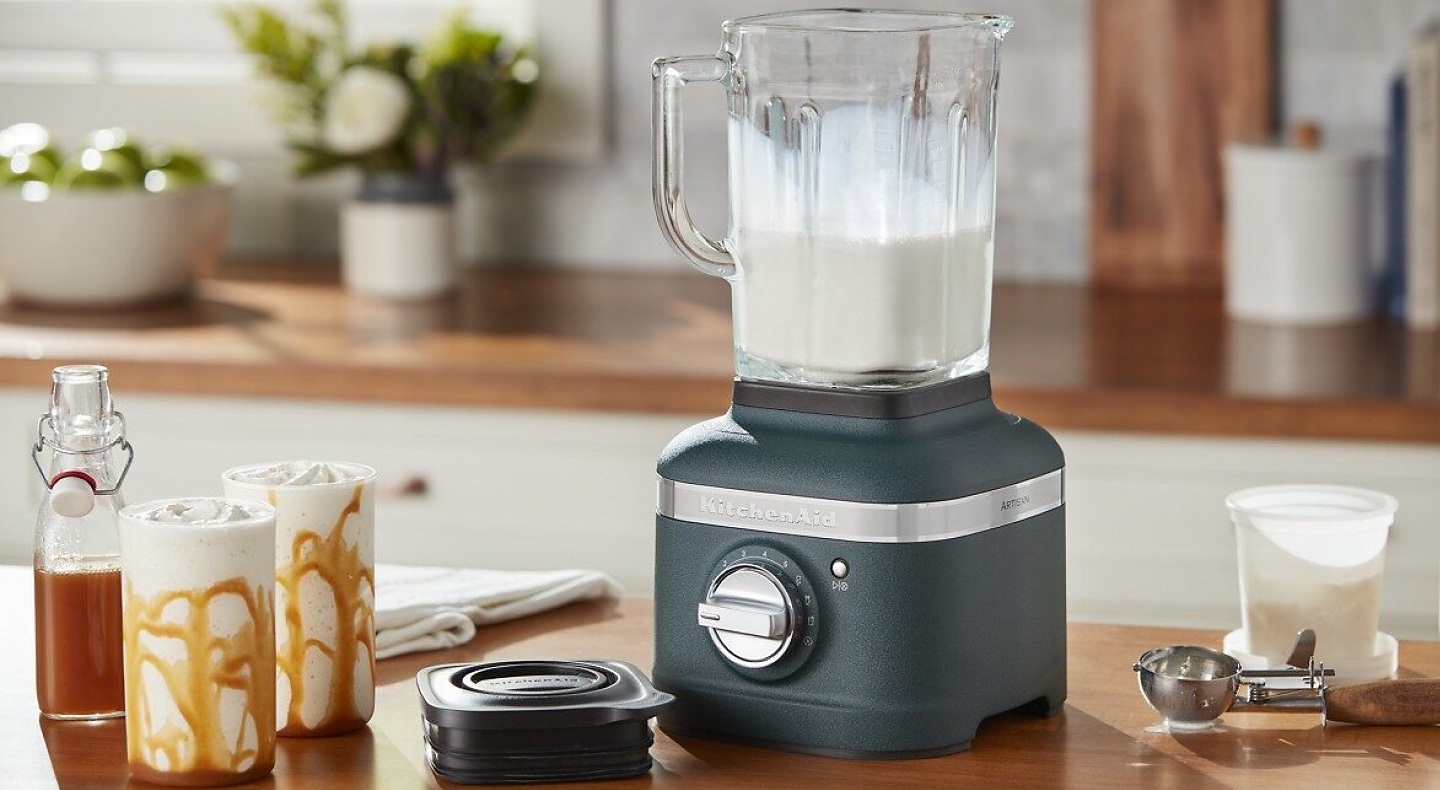

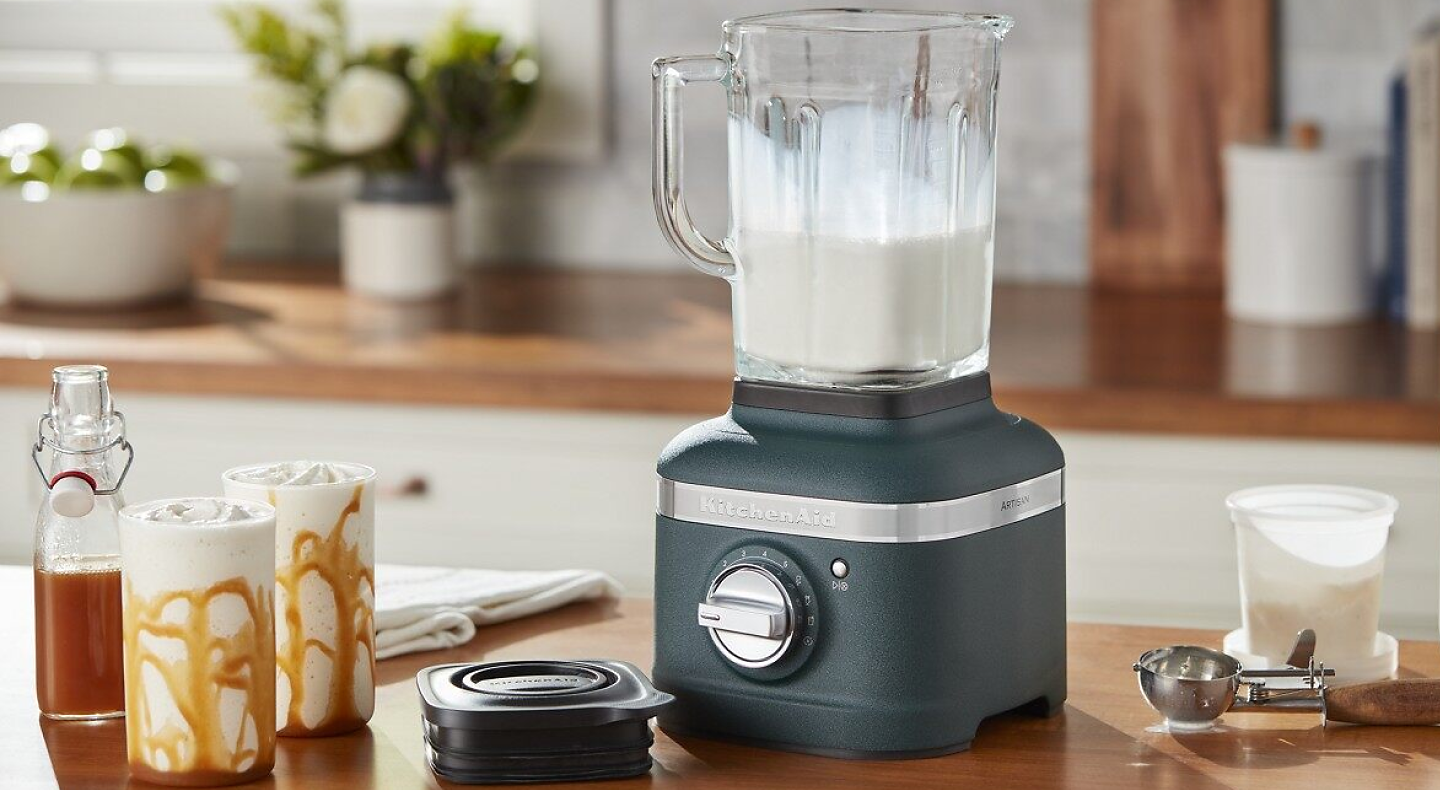
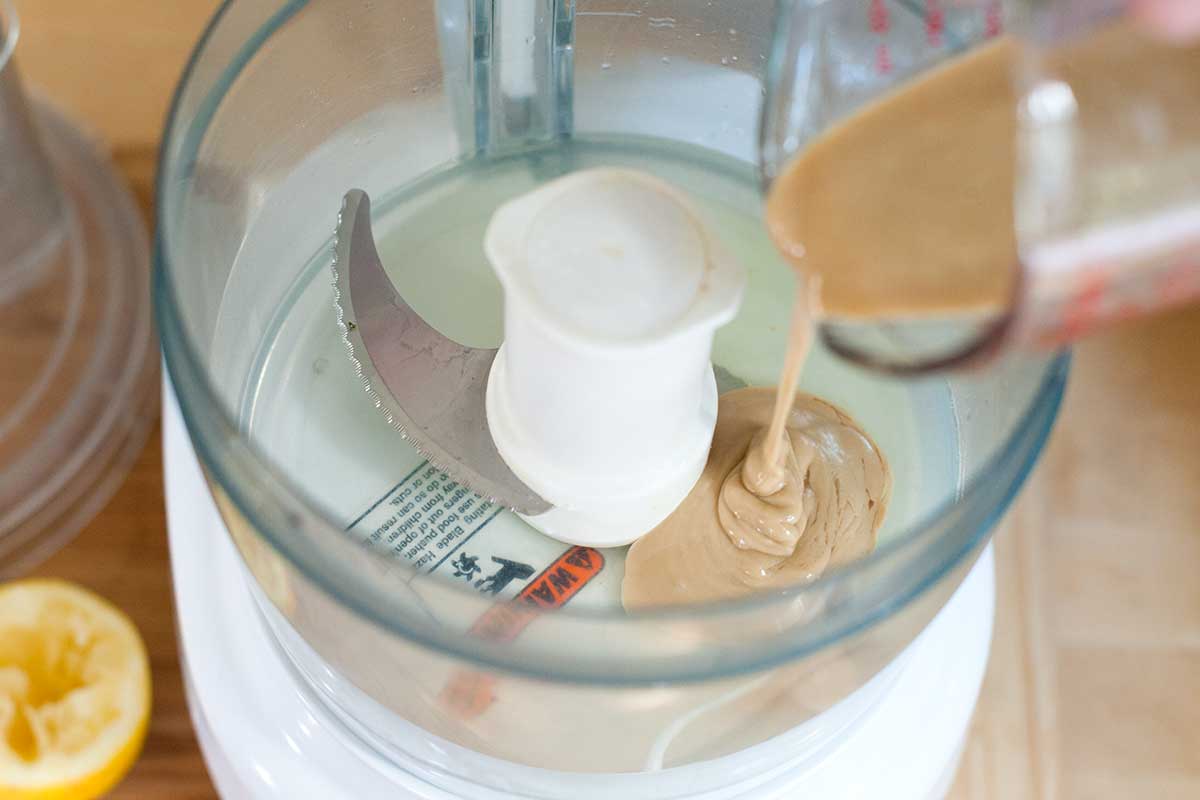
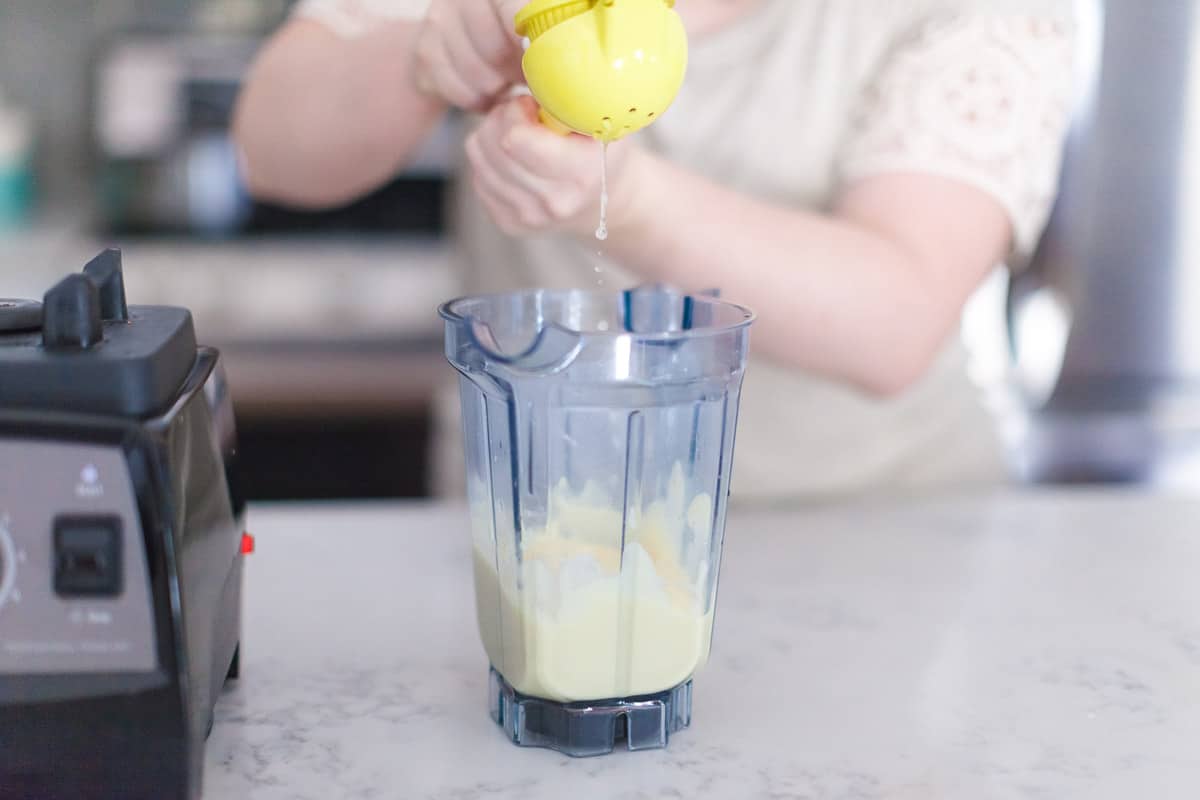


0 thoughts on “How To Make Pesto With A Blender”